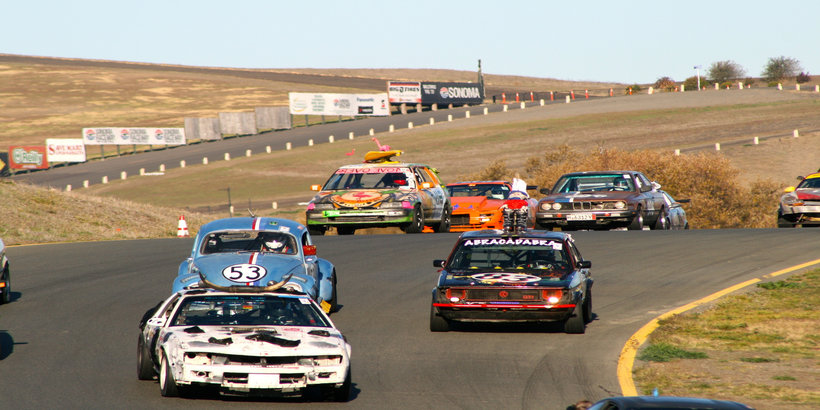(Video above: SAFER barrier at work)
If you’ve ever watched a NASCAR or IndyCar driver crash into a barrier during a race in the past ten years and walk away unscathed, you can thank Dr. Dean Sicking, mechanical engineering professor and researcher at UAB’s School of Engineering.
After the death of Dale Earnhardt in 2001, NASCAR hired Dr. Sicking to design a better barrier that could save drivers’ lives. Through his research, Sicking created SAFER – Steel and Foam Energy Reduction – a new barrier that has been installed in every NASCAR and IndyCar track in the United States. Since SAFER’s implementation in 2005, the number of fatal wall crashes during races has plummeted to near zero.
For the first time ever, SAFER is being installed on an international racetrack. The Circuit de la Sarthe in Le Mans, France – home of the 24 Hours of Le Mans, the world’s oldest active endurance racing event – is adding the SAFER barriers to its track this year. This marks a major milestone for Sicking and SAFER because it is the first time the design will compete against another model. Le Mans previously used TechPro barriers, but the French track owners’ tests have proved SAFER’s superiority.
“We are very pleased that Le Mans is installing the SAFER Barrier because we believe it validates what we already know: that our barrier is the best option to improve driver safety,” Sicking said.
The SAFER barrier’s design is often oversimplified as nothing more than a “soft wall.” But as Dr. Sicking explains, it does much more than just soften the blow.
Our barrier is designed to separate the impact into two separate events. Each impact involves a change in velocity of roughly one half the impact speed, which allows the barrier to work in tandem with the car’s safety devices.
The decreased impact speed effectively means the car is hitting the barrier at half speed, and at half speed, the safety devices built into the car are more than adequate to protect the driver.
So the car will still crash, but SAFER slows it down enough to allow the internal safety features to have more time to protect the driver and save his or her life.
Protecting drivers both on and off the racetrack has always been the goal of Sicking’s work. He also invented a new style of guardrail to catch cars on the highway. Allowing barriers to give and bend with a car can dramatically increase the chance of survival, Dr. Sicking says.
“Barriers are designed to stop vehicles, but we have the ability to design them so the barrier absorbs the impact of the crash,” he said. “If that energy is not absorbed by the barrier, it is absorbed by the car and subsequently the car’s occupants. In some cases, that can mean the difference between a fatality and walking away from a crash uninjured.”
Don’t miss out! Subscribe today to have Alabama’s leading headlines delivered to your inbox.
